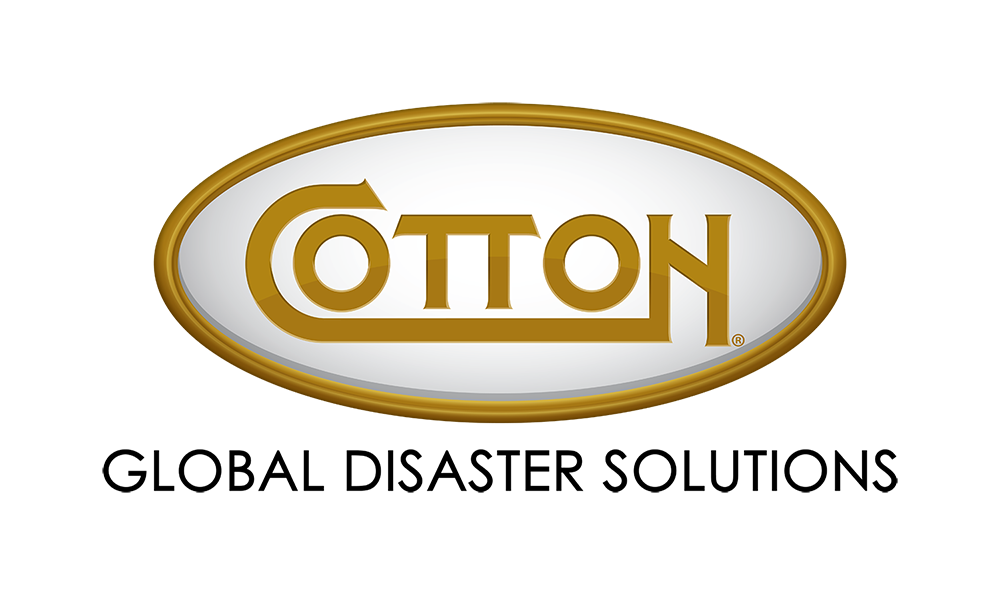Given soot’s potential to cause detrimental health effects and property damage, business owners should move swiftly to clean up the substance.
However, smoke and soot cleanup can be a difficult process without the proper tools and training. In its stickiest form, it can easily smear and penetrate deeper into surfaces. In its driest form, it can float into cracks, making complete cleanup a detail-oriented endeavor best handled by experts.
Professional soot removal companies, like Cotton Global Disaster Solutions (Cotton GDS) can thoroughly eliminate soot after a fire. With decades of experience, commercial-grade equipment and time-tested methods, Cotton GDS can efficiently remove soot from your property with our proven professional soot removal process.
Cotton GDS’ Professional Soot Removal Process
Cotton GDS begins by using commercial-grade air scrubbers with High-Efficiency Particulate Air (HEPA) filters. These scrubbers remove impurities and contaminants in the air and work to reduce smoke odors.
Cotton GDS also uses HEPA vacuums that collect the fine particles of dry soot. These vacuums, like the air scrubbers, contain HEPA filters that can capture very tiny particles. Cotton GDS teams vacuum surfaces coated in soot to efficiently remove the ultrafine particles. Soot can also infiltrate vents, but the HEPA vacuums also allow for efficient cleaning of HVAC systems, helping to improve air quality throughout the building.
After soot is picked up with the vacuums, Cotton GDS team members can clean commercial properties by wiping surfaces with approved chemicals. This further helps to remove residue and odors.
If the fire or soot caused damage to important assets, Cotton GDS can provide pack-out services and content restoration. Documents, merchandise and equipment from your commercial property can all be transported off-site and cleaned and deodorized.
Content restoration extends even to electronics and can include data recovery. Working with EPA-approved chemicals, Cotton GDS works to restore damaged critical assets to keep your digital infrastructure online.

